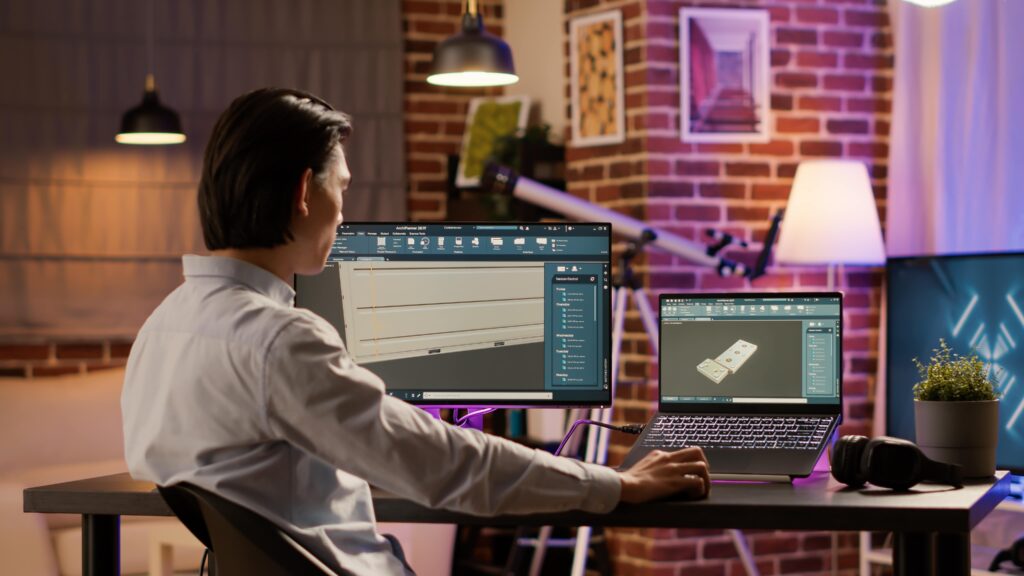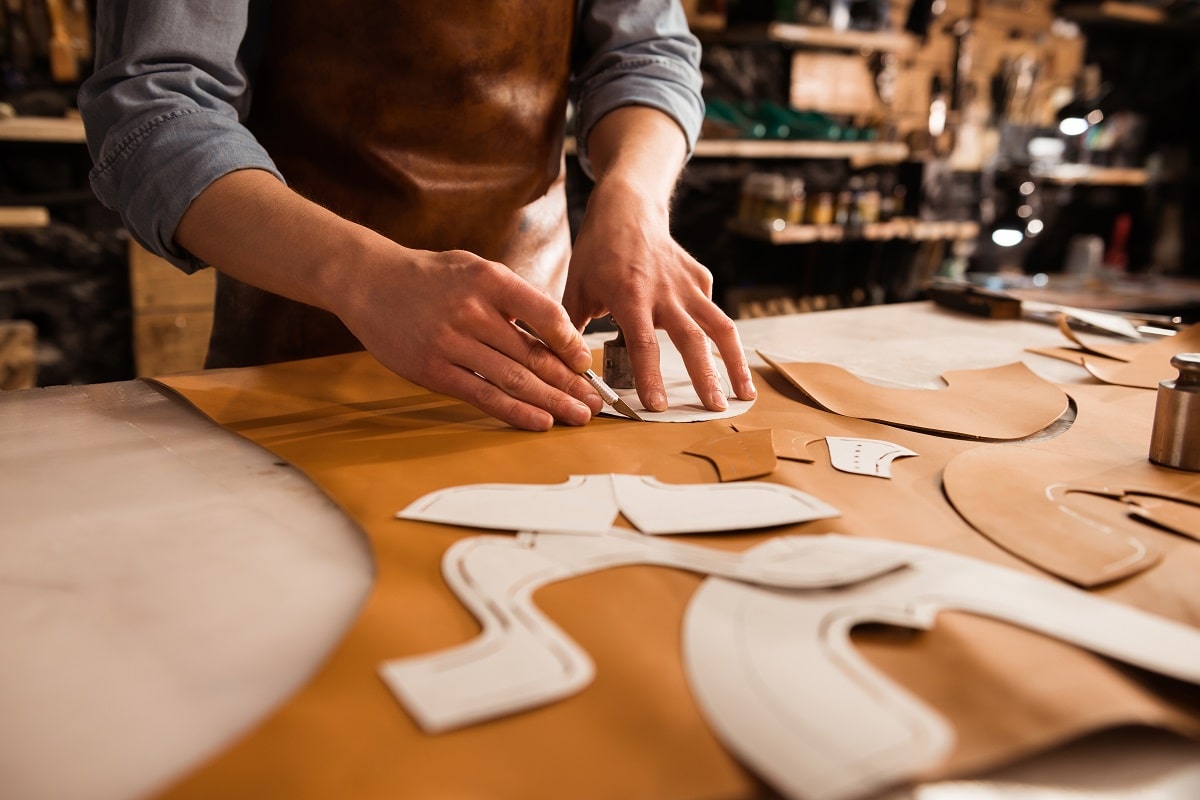In today’s digital age, the field of medical education is constantly evolving with innovative technologies. One such technology that has revolutionized the way students learn complex medical concepts is animation. The applications of animation in medical education are vast and have proven to be highly effective in enhancing the learning experience for students.
From visualizing intricate biological processes to simulating surgical procedures, animation plays a crucial role in simplifying complex medical information and making it more accessible to learners.
Visualizing Anatomy and Physiology
One of the key applications of animation in medical education is its ability to vividly illustrate the intricate details of human anatomy and physiology. By creating 3D models of the human body, including organs, tissues, and systems, animation enables students to explore the complexities of the human body in a way that textbooks cannot replicate.
This visual approach helps students better understand the spatial relationships between different structures and functions within the body.
Explaining Pathophysiology
Understanding the underlying mechanisms of diseases and disorders is essential for medical students. Animation can effectively demonstrate how these pathophysiological processes occur at a cellular or molecular level.
By visually representing the progression of a disease, students can grasp the sequence of events and key factors involved in its development. This visual storytelling through animation enhances retention and comprehension of complex medical concepts.
Simulating Surgical Procedures
Simulation training is a valuable tool in medical education, especially for training future surgeons. Animation can recreate realistic surgical scenarios, allowing students to practice procedures in a risk-free environment.
By interacting with animated surgical simulations, students can develop their skills, improve hand-eye coordination, and enhance their decision-making abilities. This hands-on approach to learning through animation prepares students for real-life surgical experiences.
Enhancing Patient Education
Animation is not only beneficial for medical students but also for patient education. By using animated videos to explain medical conditions, treatment options, and surgical procedures, healthcare providers can effectively communicate with patients clearly and engagingly.
Visual aids help patients better understand their health issues, leading to improved compliance with treatment plans and overall better health outcomes.
Interactive Learning Modules
Interactive learning modules incorporating animation can engage students in active learning experiences. By allowing students to interact with animated content, such as quizzes, simulations, and virtual labs, educators can create dynamic learning environments that promote student participation and critical thinking.
These interactive modules can adapt to individual learning styles and paces, making learning more personalized and effective.
Virtual Reality in Medical Education
The integration of virtual reality (VR) technology with animation has opened up new possibilities in medical education. VR simulations can immerse students in realistic medical scenarios, such as surgical procedures or patient consultations, providing a hands-on learning experience.
By combining animation with VR, educators can offer students a unique opportunity to practice clinical skills and decision-making in a simulated environment.
Global Accessibility
With the advancement of online learning platforms, animated educational content is now more accessible to students worldwide. Institutions like Yellowbrick offer online courses that utilize animation to deliver engaging and interactive medical education programs.
Through these platforms, students can access high-quality educational content from anywhere, at their own pace, making learning more flexible and convenient.
Improving Retention and Engagement
Studies have shown that visual aids, including animation, can significantly improve information retention and engagement among students. The dynamic nature of animated content captures students’ attention and enhances their understanding of complex topics.
By presenting information in a visually stimulating way, educators can create a more memorable learning experience that resonates with students long after the lesson is over.
Collaborative Learning Opportunities
Animation in medical education also fosters collaborative learning opportunities among students. By working together on animated projects, such as creating educational videos or interactive modules, students can enhance their teamwork, communication, and problem-solving skills.
This collaborative approach not only deepens students’ understanding of medical concepts but also prepares them for future interdisciplinary healthcare teamwork.
Career Opportunities in Medical Animation
The growing demand for animated educational content in the medical field has created new career opportunities for professionals with expertise in both animation and healthcare. Medical animators play a crucial role in developing visual content for medical schools, hospitals, pharmaceutical companies, and healthcare organizations.
Careers in medical animation offer a unique blend of artistic creativity and scientific knowledge, making it an exciting and rewarding field for individuals passionate about both art and medicine.
Key Takeaways:
- Animation in medical education enhances the learning experience by visualizing complex topics like anatomy, physiology, and pathophysiology.
- Simulating surgical procedures through animation helps students practice skills and improve decision-making abilities.
- Animated videos improve patient education by simplifying medical information and increasing patient understanding.
- Interactive learning modules and virtual reality simulations engage students in active learning experiences.
- The global accessibility of online platforms like Yellowbrick provides convenient access to animated medical education content.
- Animation improves retention and engagement among students, making learning more effective and memorable.
- Collaborative learning opportunities in medical animation enhance teamwork and communication skills.
- Career opportunities in medical animation offer a unique blend of artistry and scientific knowledge for passionate individuals.
To learn more about animation and its applications in various industries, including medical education, we recommend exploring the “NYU Animation Industry Essentials” online course and certificate program offered by Yellowbrick.
This comprehensive program can provide valuable insights and practical skills for those looking to pursue a career in the exciting field of animation.








